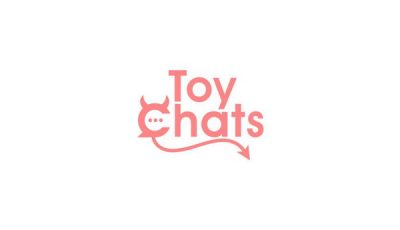Would Penthouse Survive If It Started Today? Digital vs. Print in the Modern Age Of Adult Magazine Selling
 “There has been a dramatic change in media since the 1990s and, of course, it has included men’s magazines,” Jacqueline Markham told YNOT. Markham had General Media, the parent company of Penthouse and a handful of other magazines under the brand, as clients at her New York-based PR/marking firm from the mid-90s to early 2000s.
“There has been a dramatic change in media since the 1990s and, of course, it has included men’s magazines,” Jacqueline Markham told YNOT. Markham had General Media, the parent company of Penthouse and a handful of other magazines under the brand, as clients at her New York-based PR/marking firm from the mid-90s to early 2000s.
As Markham concluded of a time we’ll plainly never see again: “Bob and Kathy Guccione were creative visionaries. Kathy used to say that they ran ‘a mom and pop company.’ They were at the center of a thriving publishing industry but were not part of it. They were outsiders because their magazine was in the men’s category and carried photos of nudes.”
These days “men’s magazines” — adult periodicals — are still thriving. And although some attempt to gain popularity with less graphic fare (Maxim and the recent watering-down of Playboy come to mind), most are still not part of the mainstream. Versions of the same magazine appear both online and on newsstands, with ever more new adult publications only publishing digitally.
The questions to ponder then are: In the modern adult market, is print dead… or simply napping? And if one runs an adult publication, how best to make money from it?
Scratching A Niche
For some adult publications, it is as much how the market has caught up with them, as anything else that leads to how they publish. While indeed a Penthouse will always be viewed in only ever a specific category, there are niche adult magazines that see their content considered differently because of changing times, and they publish accordingly.
Erik Von Gutenberg, CEO and publisher of the lifestyle latex quarterly Von Gutenberg Magazine, has enjoyed a natural progression to digital in the past few years.
The first few issues of Von Gutenberg concentrated on decidedly more BDSM, cosplay and fantasy tropes but “the ‘mainstreaming’ of lifestyle/alternative fashion that has occurred in the past five years or so, fell right in line with how the magazine and website — the entire Von Gutenberg information portal — was evolving,” Von Gutenberg explained.
“There were lots of adult magazines, online and in print, delivering latex wear in certain ways, certainly with nudity, which we never did, and we just transitioned into more lifestyle fashion. Latex was going mainstream. And the evolution in our brand coincided perfectly with how popular digital publishing was becoming.”
“Plus,” he added. “Printing a magazine these days and setting up worldwide distribution is very expensive.”
A Picture Is Worth A Thousand…
Lincoln Mark Lease, photographer and Editor-in-Chief of Black Label Magazine, said: “I began publishing digitally because it was the quickest way to get my content out there and raise the necessary revenue to create a true offset print edition. I did offer print editions through the ‘on demand’ houses like Blurb and Magcloud, but never pushed them hard as their quality was not what I indeed had envisaged.”
Black Label, an adult digital magazine and portal publishing mostly nude visuals, represents the high end of what one wants from digital adult periodicals. But Lease is not only posting pictures as scene captures for video or fodder for his website. His truly artful snaps can also be purchased.
Still, he does admit: “I cannot describe exactly what it is, but there is definitely something that is lost when photography is viewed digitally.”
Marabellebue, CEO of Kink-E Magazine, concurs about the power of print for visual, saying “I did want to go to print because I felt I would reach a greater audience and with eye capturing images.” Right now though, Kink-E is only available online.
Room For Both?
Print vs. digital comes down to the same two-sided coin consideration of supply and demand. In Lease’s case, when the dollars and cents are added up, he sees both mediums as pretty similar.
“I think the challenges with digital and print are one and the same,” Lease said.
“With print, you need a circulation. With digital, you need traffic. These are essentially the same thing. I think that the advantage print would have over digital is if you have a true distribution network that gets your magazine on physical newsstands. Digital newsstands are far too oversaturated due to the ease of publishing just digitally, and there can be little to no expectation of ‘stumbling upon’ a new magazine on the digital medium—unless you are allowed and able to pay for promotion.”
When thinking about your own content, digital versus tangible, these are key considerations to weigh.
Image via dimitris petridis.













